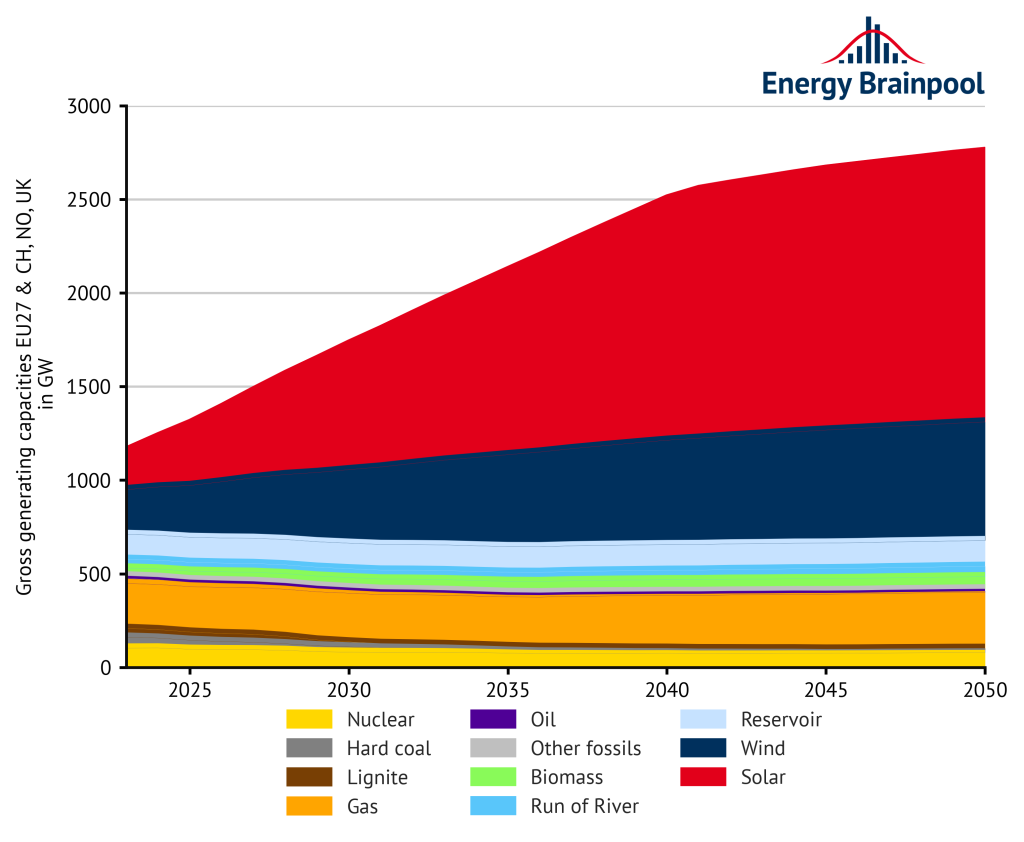EU Data Centers Projected to Boost Electricity Use by 30%
Hyphen Web Desk

Data centers, which house the vast networks of servers required to power everything from cloud computing to online streaming, have become increasingly integral to the digital economy. However, their substantial energy demands have also become a point of scrutiny. With the rise of digital services and the expansion of technologies such as artificial intelligence and the Internet of Things, the demand for data processing and storage is skyrocketing. This growing need is fueling concerns about the environmental footprint and energy efficiency of these facilities.
In response to these concerns, several European countries are implementing measures to address the energy consumption of data centers. For example, the European Commission is exploring regulatory frameworks to enhance energy efficiency and promote the use of renewable energy sources within the sector. These initiatives aim to balance the need for digital infrastructure with environmental sustainability.
Despite these efforts, the IEA's projection suggests that current strategies may not be sufficient to curb the rapid increase in energy consumption. Industry experts argue that while advancements in technology can improve energy efficiency, the sheer scale of growth in data processing demands will likely continue to drive up electricity use. This presents a challenge for policymakers and industry leaders who must find innovative solutions to mitigate the environmental impact of data centers.
One emerging trend is the increased use of renewable energy sources by data centers. Many companies are investing in green energy solutions, such as solar and wind power, to reduce their carbon footprint. Additionally, advancements in cooling technologies and energy management systems are helping to improve the efficiency of data centers. However, the effectiveness of these measures in significantly reducing overall electricity consumption remains a topic of debate.
Furthermore, the geographic distribution of data centers also plays a role in their energy consumption patterns. Facilities located in regions with cooler climates can benefit from natural cooling, reducing their reliance on energy-intensive cooling systems. Conversely, data centers in warmer climates may face higher energy demands due to increased cooling requirements.
The rise in data center energy consumption also has broader implications for energy infrastructure and grid stability. As data centers become more prevalent, they place additional demands on national and regional power grids. This can strain existing energy infrastructure and necessitate investments in grid modernization and expansion to ensure reliable and sustainable energy supply.
To address these challenges, collaborative efforts between governments, industry stakeholders, and technology developers are essential. Innovations in energy-efficient technologies, coupled with supportive policies and regulatory measures, will be crucial in managing the growing energy demands of data centers.
As the digital landscape continues to evolve, the focus on sustainable practices and energy efficiency will likely become increasingly important. The projected rise in data center electricity consumption highlights the need for continued investment in both technological advancements and strategic policy initiatives to address the environmental impact of digital infrastructure.
Labels:
#Syndication
Share:
